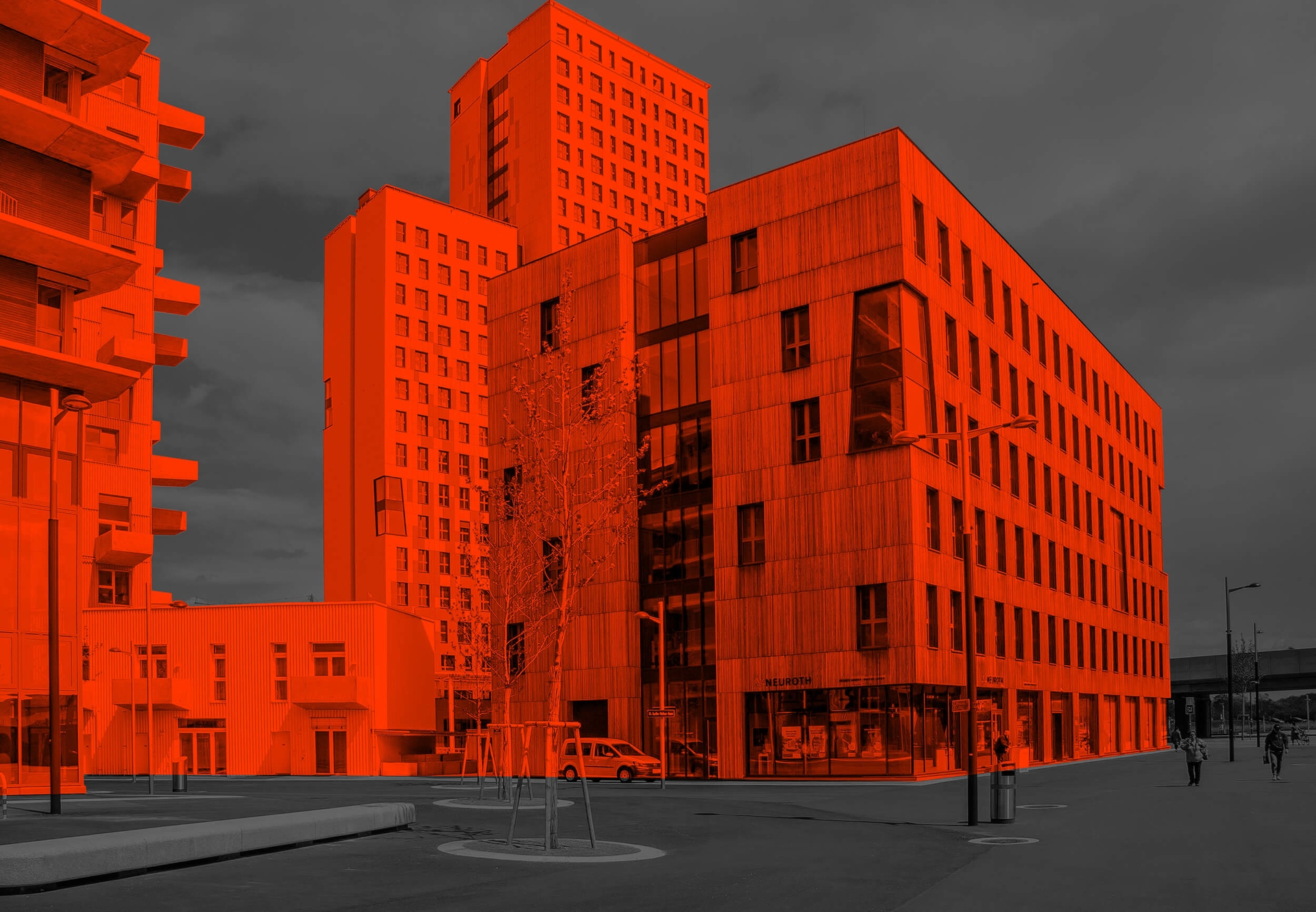
Vienna, Austria
“Planning officials in Vienna noticed that after the age of 9, park usage by boys and girls dramatically changed from roughly equal usage to girls almost disappearing from parks – even into their teenage years.”Kat McManus,
LGIU (Local Government Information Unit), a not-for-profit, non-partisan membership organisation
Issues explored: gender equality, gender mainstreaming
Planning officials in Vienna noticed that after the age of 9, park usage by boys and girls dramatically changed from roughly equal usage to girls almost disappearing from parks – even into their teenage years. They used surveys to discover that rather than girls being disinterested in using parks, the presence of only one large open space was resulting in the more assertive boys dominating the park for football and other sports, leaving the girls feeling like they couldn’t or didn’t want to compete for space. When parks were redesigned with footpaths to divide up the space, and a greater range of activities added, almost immediately officials noticed the presence of a wider range of people in the parks and the gender gap closing.
Vienna has carried out more than 60 initiatives that have used gender mainstreaming, including street lighting projects, widening pavements for buggies, additional seating, apartment complexes and social housing designed by and for women, and improving the safety of shortcuts and alleyways by adding mirrors. Of course, while Vienna’s work is inspirational, every city is different. Context is everything – we can’t necessarily just lift policies from "Vienna and apply them to any other urban area. Instead, the lesson here – besides realising that even small planning decisions can have gendered impacts – is that officials took the time to fill in pressing data gaps, listened to the people impacted and tailored projects accordingly. \
Oftentimes, we assume our own lived experience is the default for everyone, especially for mundane and seemingly unbiased things. Noticing who isn’t in the room doesn’t always come naturally, and sometimes consulting the minority in the room or seeking out those who aren’t seems beside the point for an issue such as park design or bus stops. But, as Vienna has proven, those seemingly innocuous choices can cause a butterfly effect, forcing people to change their behaviour in ways that add up. Planning for inclusivity: How Vienna built a gender-equal city | LGIU blog